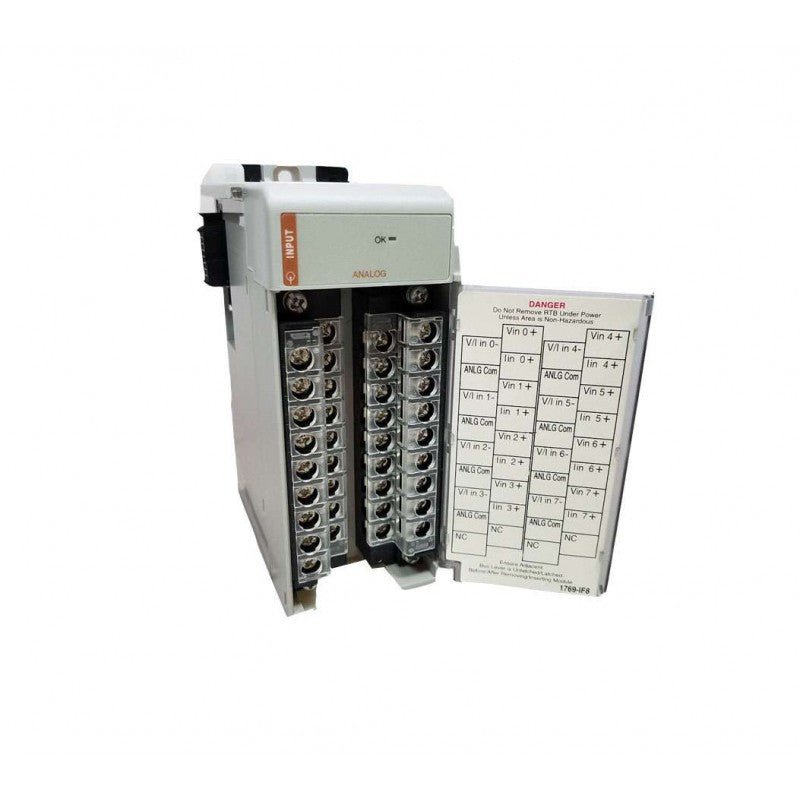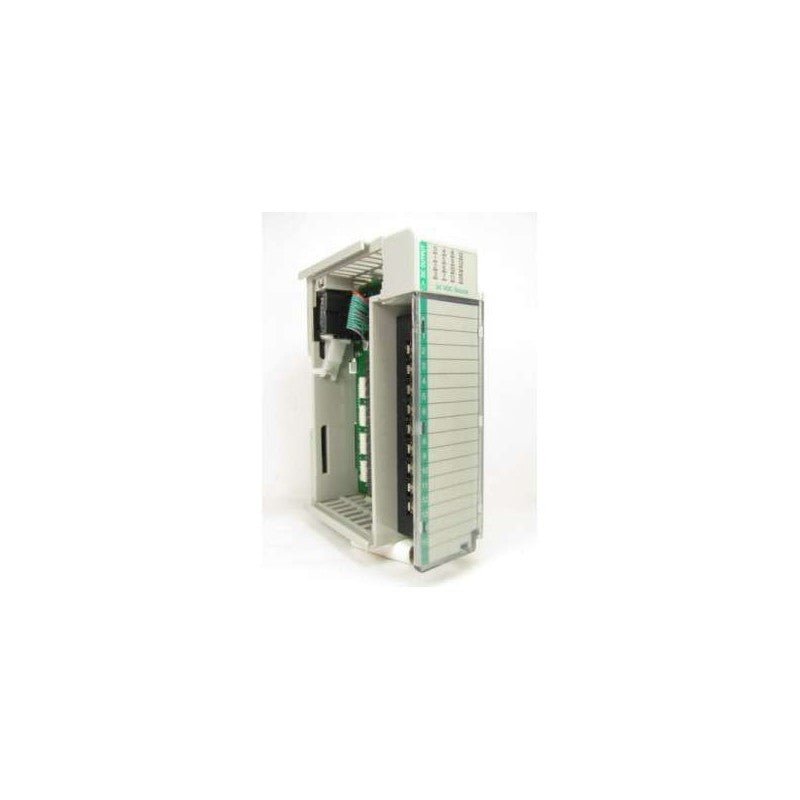1769-ARM Allen Bradley IO Modules
1769-ARM Allen Bradley IO Modules are some of the most reliable and popular models in industrial automation. They are powerful and durable, and are used for a variety of applications including material handling and process control. With their advanced features, these modules offer highly efficient solutions for various challenging issues in the industrial automation industry. In this blog post, we’ll take a closer look at the features of 1769-ARM Allen Bradley IO Modules, explore the benefits they can provide, and discuss why they are one of the top choices for industrial automation. Read on to learn more about this incredible piece of technology!
1769-ARM Overview
ARM (Allen-Bradley Remote Monitoring) is a secure, cloud-based monitoring and control system for Allen-Bradley industrial equipment. It provides real-time data on equipment performance, status, and location, as well as remote control capabilities. ARM also offers predictive analytics and machine learning features to help users optimize their equipment performance and avoid downtime.
Specifications
1. Specifications:
– Allen Bradley IO modules are available in a variety of sizes and configurations to meet the needs of your application.
– Modules are available with different input/output (I/O) capabilities, including digital, analog, and special function I/O.
– Some modules also offer communication capabilities, such as Ethernet or fieldbus connectivity.
– Most modules are compatible with a variety of Allen Bradley PLCs and controllers.
Installation
1. Installation
If you’re looking to add some extra I/O to your Allen Bradley PLC, then installing one of the many available ARM modules is a great solution. These modules come in a variety of shapes and sizes, so you’ll need to select the one that best meets your needs. Once you’ve got your module, follow these steps for installation:
1) First, identify an unused slot in your PLC’s cabinet. If all the slots are full, you may need to remove and replace an existing module.
2) Carefully insert the ARM module into the slot, making sure that it is properly seated and secured.
3) Connect any necessary cables to the module, including power and communication lines.
4) Finally, perform a system test to make sure that the module is functioning properly.
Configuring the 1769-ARM
Configuring the 1769-ARM is a simple process that can be completed in a few steps. The first step is to ensure that the module is properly installed in the chassis. Next, the module must be configured for the specific application. The final step is to test the module to ensure proper operation.
The 1769-ARM is a versatile input/output (I/O) module that can be used in a variety of applications. In order to properly configure the module, it is important to understand the capabilities of the module and how it will be used in the specific application.
The first step in configuring the 1769-ARM is to install the module in an appropriate slot in the chassis. The next step is to configure the module for the specific application. For many applications, this will involve setting DIP switches on the module. Consult the user manual for more information on configuring DIP switches.
After installing and configuring the 1769-ARM, it is important to test the module to ensure proper operation. One way to do this is to use a digital multimeter (DMM) to measure voltage at various points on the module. Consult the user manual for more information on testing procedures.
Troubleshooting the 1769-ARM
If you’re having trouble with your 1769-ARM Allen Bradley IO module, there are a few things you can do to troubleshoot the issue. First, check the module’s documentation to make sure it’s compatible with your system. Next, check the wiring to ensure that everything is connected properly. Finally, if you’re still having trouble, contact a qualified technician for assistance.













 Arabic
Arabic Dutch
Dutch English
English French
French German
German Italian
Italian Japanese
Japanese Korean
Korean Malay
Malay Portuguese
Portuguese Russian
Russian Spanish
Spanish Thai
Thai Turkish
Turkish Ukrainian
Ukrainian Vietnamese
Vietnamese
Reviews
There are no reviews yet.